Ireland isn’t just all rolling green hills and awesome folklore, you know! It turns out this emerald isle is also home to a bunch of critters that might make you think twice before wandering off the beaten path. From slippery snakes to moody mammals, we’re diving into the wild side of Ireland to chat about the locals who might give you more of an adventure than you bargained for. 🐍🦭🦡
Key Takeaways:
- Watch Your Step! The only venomous snake in Ireland, the European adder, is shy but can give a nasty bite if surprised.
- Sealed with a… Growl? Cute seals can turn feisty, especially if they feel threatened.
- Country Roads, Take Me Home… Safely: Rural Ireland’s got more than just scenic views, with animals like badgers and foxes who like their space.
- Jellyfish Jam: Those beachy waves might be hiding stingers, so keep an eye out for jellyfish.
- Mind the Moo: Cows and bulls in the fields aren’t always as placid as they look. Keep a respectful distance, especially during calving season.
So, whether you’re trekking the wilds or just enjoying the pastoral scenes, stay savvy about your furry and scaly neighbors! 🦊🐄🐀
11. The European Adder

The European adder is the only venomous snake native to Ireland. Although shy and preferring to avoid humans, when cornered or threatened, it can deliver a venomous bite. Its venom is potent enough to cause severe swelling, nausea, and in rare cases, more severe reactions. However, fatalities are extremely rare. The European adder is mostly found in open habitats like heathland and grassland, and while not aggressive, caution is advised when trekking through their territories.
10. The Common Seal
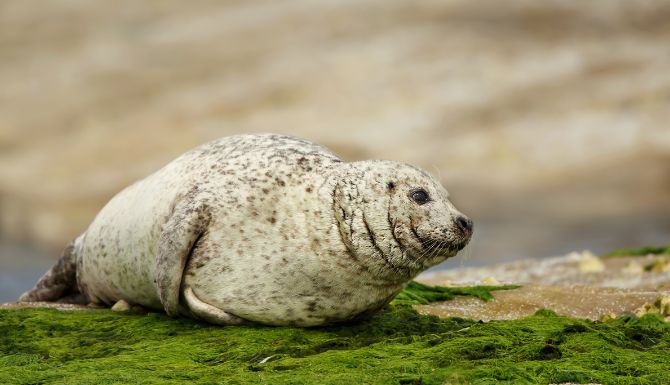
Common seals, while adorable and often a sight of attraction, can become aggressive, especially during the mating season or when they feel threatened. They possess powerful jaws and can inflict serious injuries. While seal attacks on humans are rare, it’s crucial to maintain a respectful distance, especially in areas known for seal populations along the Irish coast.
9. The Irish Hare
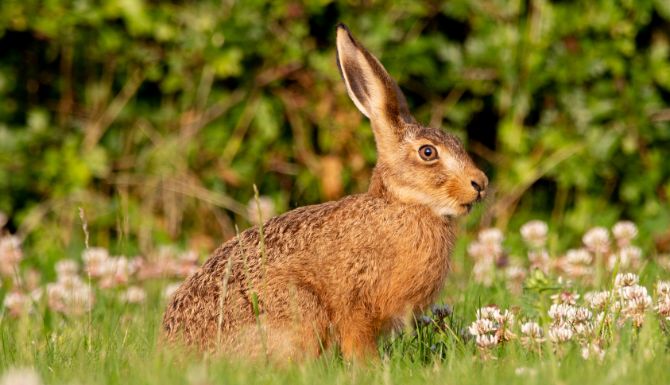
The Irish hare, a subspecies unique to the island, is generally timid and poses little direct danger. However, they can carry diseases such as Tularemia, also known as rabbit fever, which can be transmitted to humans through handling or even inhaling bacteria from infected animals. While beautiful to observe, especially during their active breeding season known as “March madness,” it’s wise to admire these creatures from a distance.
8. The Cattle

While not wild, cattle are common throughout Ireland’s agricultural lands and can be dangerous, particularly during calving season. Bulls are known for their unpredictable nature and strength, posing significant risks to those unfamiliar with livestock handling. Even cows can become aggressive when protecting their young. Farmers and visitors alike are cautioned to be mindful of their surroundings and avoid getting between cows and their calves.
7. The European Badger
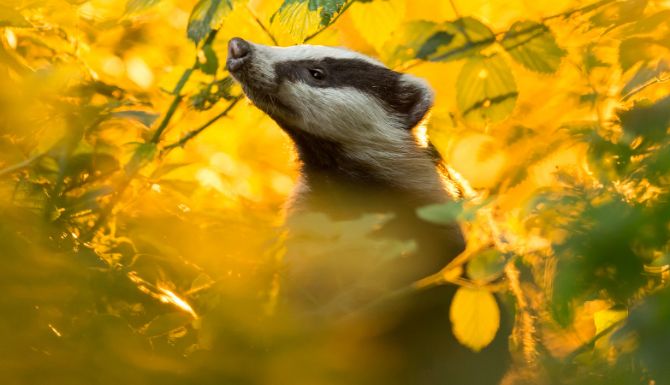
The European badger, a nocturnal and generally shy creature, is known for its powerful build and sharp claws. While badgers typically avoid human interaction, they can become aggressive if cornered or if their setts (burrows) are threatened. Additionally, they are carriers of bovine tuberculosis, which can have devastating effects on cattle and potentially be transmitted to humans, although such cases are rare.
6. The Pine Marten
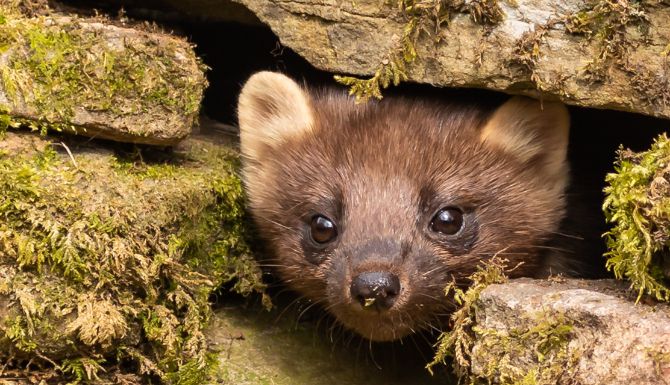
Once nearly extinct in Ireland, the pine marten has seen its numbers increase due to conservation efforts. These solitary and primarily nocturnal mammals are agile and fierce hunters. While they pose little threat to humans, their sharp teeth and claws can inflict serious injuries if they feel threatened. Pine martens are also known to occasionally prey on poultry, leading to conflicts with farmers.
5. Dogs

Perhaps surprisingly, domestic dogs are among the animals that can pose significant dangers in Ireland. Dog attacks on people, including both owned and stray dogs, occur and can result in severe injuries or fatalities. Proper training, socialization, and control measures are crucial in minimizing these incidents. It’s important to approach unknown dogs cautiously and respect their space, especially when they are with their owners or guarding property.
4. The Jellyfish

Ireland’s coastal waters are home to several species of jellyfish, such as the Lion’s Mane Jellyfish, whose stings can be incredibly painful and potentially dangerous. During certain times of the year, they come closer to shore, and swimmers and beachgoers are advised to be cautious. While most jellyfish stings result in only temporary pain and discomfort, some individuals may experience severe allergic reactions requiring medical attention.
3. The European Wasp

Wasps are common throughout Ireland and are known for their painful stings. While a single sting is typically only mildly harmful to humans, individuals with allergies to wasp venom can suffer severe, potentially life-threatening reactions. Furthermore, wasps can be particularly aggressive when their nests are disturbed, posing a risk to those nearby.
2. The Rat

Rats are widespread in both urban and rural areas of Ireland and are known carriers of various diseases, such as Weil’s disease, which can be transmitted to humans through their urine. Besides health risks, they can also cause significant damage to property and agriculture. Ensuring proper sanitation and control measures are essential to minimize the risks associated with rats.
1. The Fox
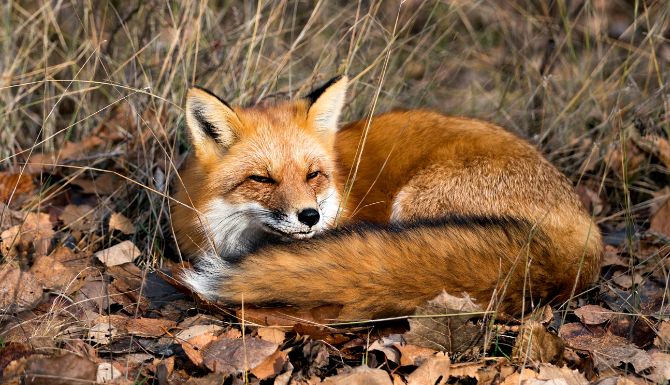
Foxes, while generally avoiding human contact, can become problematic, particularly in urban areas where they scavenge for food. While direct attacks on humans are rare, they can carry diseases such as toxocariasis, which can be transmitted to humans, particularly children, through contaminated soil or feces. Additionally, they are known to prey on small pets and livestock, leading to conflicts with pet owners and farmers.
FAQs
Are there any preventive measures to avoid getting bitten by the European Adder?
Yes, when in habitats where adders are known to reside, it is wise to wear sturdy boots and long trousers to protect your legs. Stick to well-trodden paths, and avoid reaching into areas where you can’t see, such as dense bushes or long grass. If you’re walking your dog, keep it on a leash in areas known for adders to prevent any surprise encounters.
What should I do if I encounter a seal while swimming or boating?
If you encounter a seal while in the water, stay calm and avoid rapid movements that may startle the animal. Keep a respectful distance and slowly back away or allow the seal to swim away. Never attempt to touch or feed wild seals as this can provoke aggression or lead to dependency on humans for food.
How can I safely observe Irish hares without disturbing them?
To observe Irish hares without disturbing them, use binoculars or a long-lens camera for viewing and photography. Maintain a generous distance, and avoid walking directly towards them. Keep noise to a minimum and stay downwind if possible, so they are less likely to detect your presence.
What is the best way to behave around cattle to avoid provoking them?
When near cattle, move calmly and predictably, avoiding sudden movements or loud noises. Always give them plenty of space, especially during calving season. Never come between a mother and her calf, and if walking with a dog, ensure it’s under control or on a leash. If cattle approach, stay calm, and if necessary, let go of your dog as cattle are more likely to chase a dog than a human.
Can jellyfish still sting even if they are dead or on the shore?
Yes, jellyfish can still sting even after they’re dead or washed up on the shore. Their stinging cells can remain active for a period. It’s advisable not to touch any jellyfish you come across, living or dead, and to keep pets away as well. If you’re stung, seek medical advice, especially if you experience severe reactions.
What should I do if a fox enters my garden frequently?
If a fox is frequently entering your garden, ensure that no food sources are attracting it, such as accessible bins, pet food, or leftovers. Use secure, fox-proof containers for waste. You can also discourage visits by installing motion-activated lights or sprinklers. However, if the fox is not causing harm, observing it from a distance can be a unique wildlife experience. Remember, it’s illegal to harm or trap foxes without appropriate licensing.
Final Words
So there you have it, a whirlwind tour of Ireland’s feistier residents! While the island is usually associated with quaint cottages and tales of leprechauns, it’s also sprinkled with a fair share of wild wonders. Remember, it’s all about respect and space. Most of these creatures aren’t out to ruin your day; they’re just living their best life in the great Irish outdoors. So, keep your wits about you, maybe pack an extra bandage or two, and enjoy the lush, sometimes wild, beauty of Ireland. And hey, if you’re lucky, the only thing that’ll bite is the chill in the Irish air! Safe travels, adventurer! 🌿🐾🍀
Related Posts:
- Milk Snake vs Corn Snake: 8 Differences & Similarities
- Apex Predators List: 30 Most Vicious Animals In The World
- King Snake Vs Corn Snake: 6 Differences & Similarities
- Do Snakes Eat Frogs? (15 Snakes That Eat Frogs)
- Are Snakes Blind? 8 Species Of Blind Snakes w/ Pictures
- Does Diesel Keep Snakes Away? (Best Snake Repellents)






